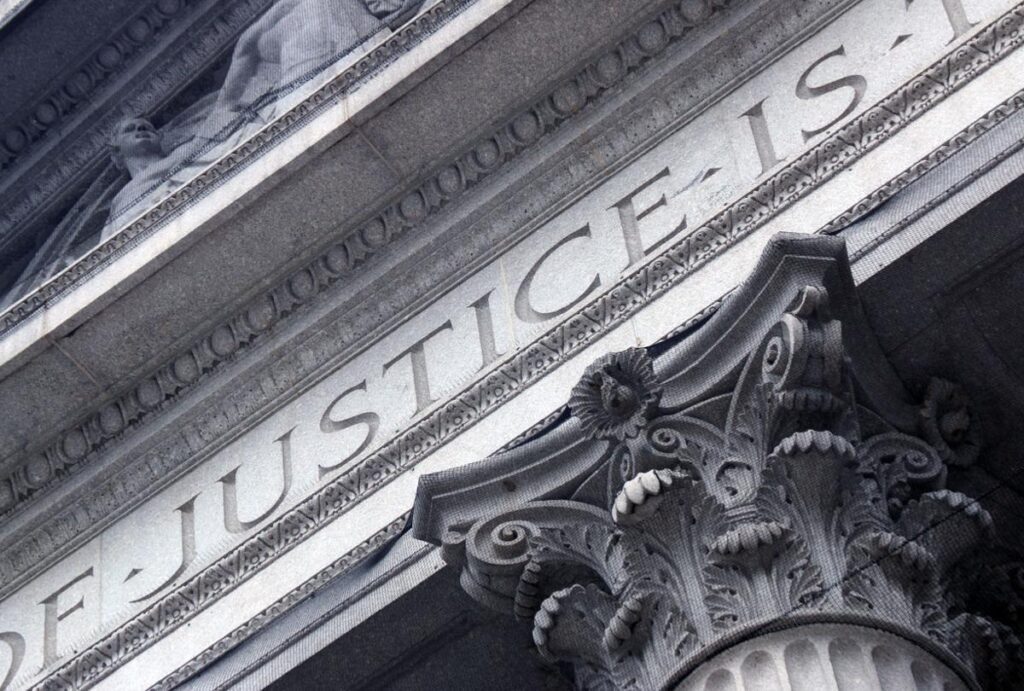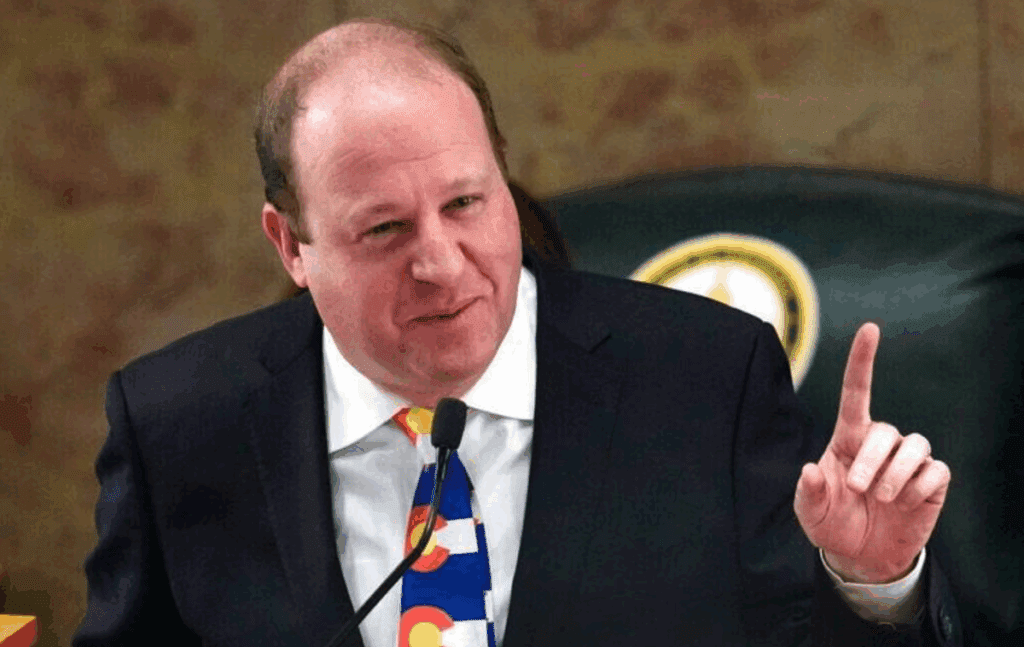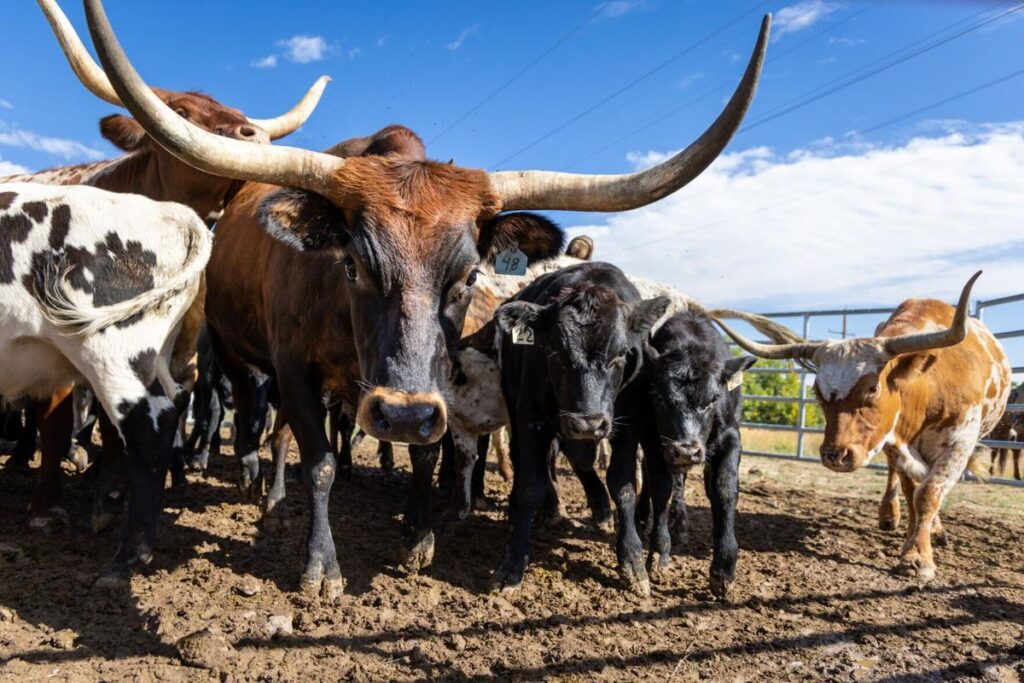Insights: Colorado was born 156 years ago today
On this day 156 years ago, the Colorado we know was born in Washington, D.C. Colorado was given its name, had its territory carved out of four other territories, had it boundaries legally determined, and was designated a territory.
And all of this happened while the nation was drifting rapidly into Civil War. Congress passed the territorial legislation, and then President James Buchanan, on February 28, 1861, signed the bill. Buchanan left the presidency and was soon replaced by Abraham Lincoln.
To us today is Colorado’s birthday. It arguably outranks the day 16 years later, August 1, 1876, when Colorado became a state. The anniversary of that day is celebrated as Colorado Day.
The birth of Colorado almost did not happen. But for a lucky gold strike close to the present day city of Denver, what we know as Colorado would probably be less inhabited countryside divided up between four other states.
Three years prior to 1861, in 1858, what we know as Colorado was made up of western Kansas, northern New Mexico, eastern Utah, and southwestern Nebraska. Then everything changed when William Green Russell and a party of miners from Georgia struck gold at the point where Dry Creek flows into the South Platte River, just a few miles from where Cherry Creek flows into the South Platte.
Word of the gold strike quickly reached the Midwest and the East, and thousands of gold seekers began flocking to what is now Colorado. Because the mineral wealth was close to a high and prominent mountain 70 miles to the south, the rapid influx of population was called the Pike’s Peak Gold Rush.
The city of Denver was founded at the confluence of Cherry Creek and the South Platte River. As more gold strikes were made in the mountains west of Denver, that city became the “supply city” for the booming gold towns at places such as Central City, Black Hawk, and Idaho Springs.
Because the gold strike had taken place in Kansas Territory, Denver was named for James W. Denver, the territorial governor of Kansas.
As the population grew, would-be office holders began organizing governments. Arapahoe County was established as a Kansas county to provide law and order and other government services in the Denver region. The people who came, not to mine gold but to set up governments and businesses, were said to be “mining the miners.”
With the capital of Kansas some 500 miles east in Topeka, there soon was talk of forming the new gold mining region into a territory and then eventually into a state. One group attempted to have Congress organize a territory and chose the name of Jefferson. Their effort failed, but if it had succeeded many of us would be living in the state of Jefferson in the city of Jefferson Springs.
The situation was being controlled by the politics of the oncoming Civil War. Pro-slavery Southerners in Congress would not vote for Kansas territory to be a state because they feared the two new U.S. senators from Kansas state, both likely to be Republicans, would vote to abolish slavery.
But the election to the presidency in 1860 of Abraham Lincoln, a Republican committed to “no slavery in the territories,” changed all that. As Lincoln’s inauguration (held in March at that time) neared, Southern states began seceding from the Union and Southern senators and representatives began resigning their seats in Congress.
Suddenly, early in 1861, with all the Southern departures, there were enough votes to make Kansas Territory a state. At the same time, Congress carved Colorado out of Kansas, New Mexico, Utah, and Nebraska, gave it its name and set its boundaries.
The name Colorado? Many accounts say the name came from the new territory containing the headwaters of what Spanish explorers called the Rio Colorado. It was the red color of the silt in the river that gave it that name.
Others say it was named for the red rocks of the Garden of the Gods and nearby Colorado City. The name Idaho was also considered, but Colorado was written into the law.
The boundaries? Take a look at the map, and you will see that Colorado is essentially a “big box” drawn around Denver. That is why the state is rectangular in shape and conforms in no way to natural boundaries such as the Continental Divide or the major rivers that rise in and flow through the state.
Congress gave territorial status to the large population in the Denver region and just added what looked like an appropriate amount of basically uninhabited territory around it. Colorado thus might be construed (or misconstrued), at the beginning and still today, as the “city-state of Denver.”
And keep this in mind. At the time Colorado was designated a territory, the agricultural frontier – the leading edge of farming and ranching spreading westward across the nation – was way off to the east in Kansas and Nebraska.
Because of the gold rush and the industrial aspects of gold mining, Colorado was founded as an urbanized-industrialized area rather than a rural-agricultural area, as so many surrounding states were. The gold mining gave Colorado a wealth and even some urban sophistication many of its surrounding states lacked. Agriculture on the Eastern Plains of Colorado did not develop in a major way until the 1880s and 1890s.
So Happy 156th Birthday Colorado. From the happenstance of a gold strike and the political effects of an oncoming Civil War, you started on your way to becoming the incomparable state which we love today.
Tom Cronin and Bob Loevy are political scientists at Colorado College.










